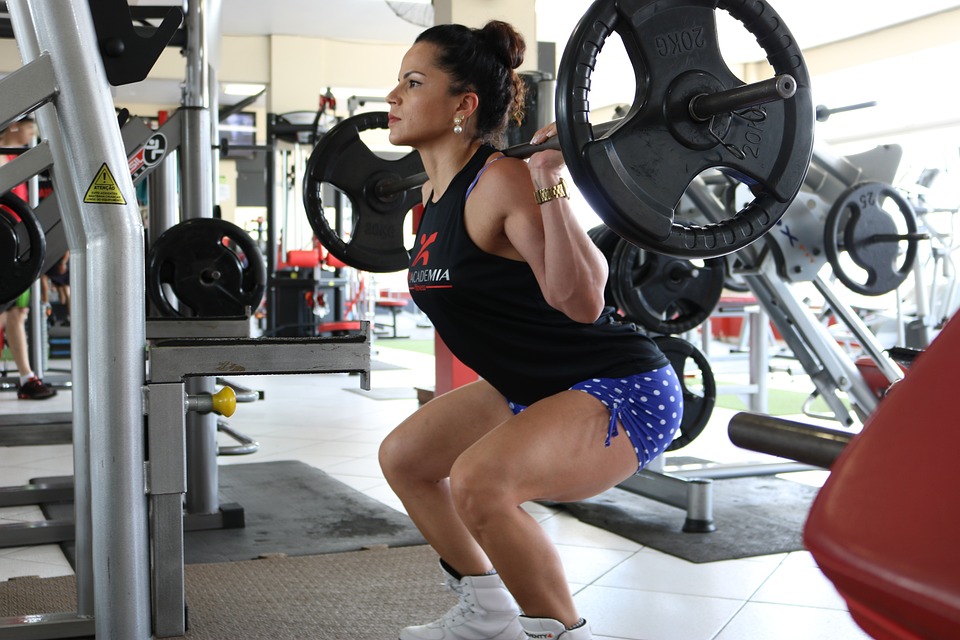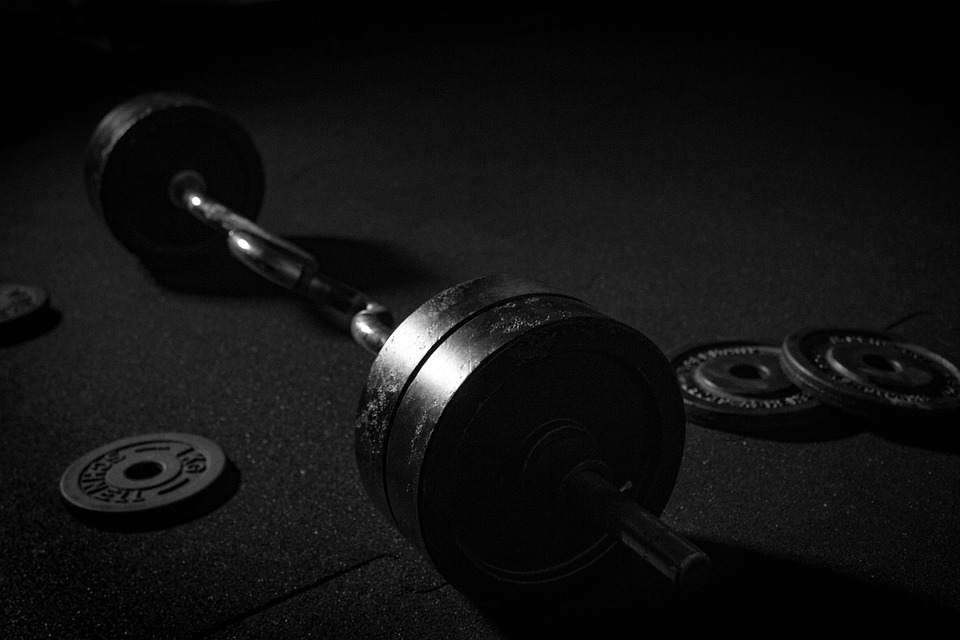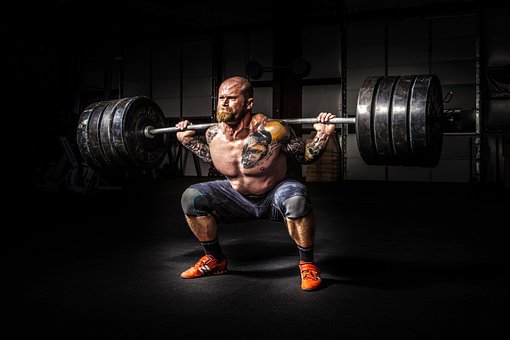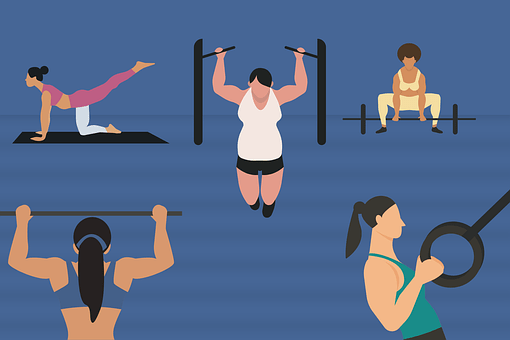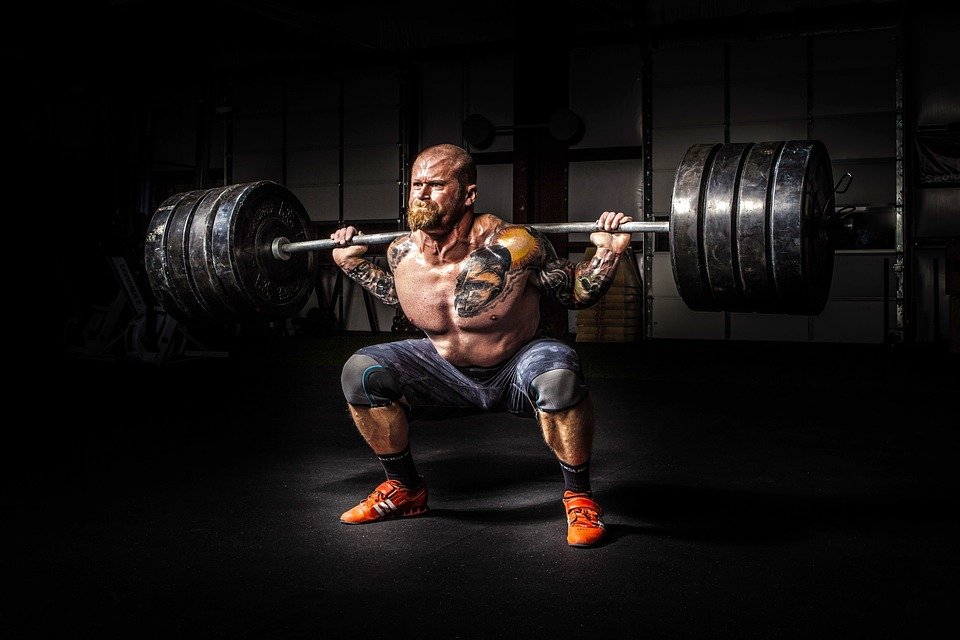
The belief that weightlifting damages joints is widespread but mistaken. In fact, research indicates that lifting weights and engaging in strength training can actually help to strengthen your joints, in addition to your muscles and bones. Studies have shown that, over the long term, weightlifting can lead to decreased pain levels, even for people with arthritis. Some soreness is to be expected, but on the whole weightlifting has a positive effect, as long as you follow the proper methods in order to get the most out of the exercise.
Why Do My Joints Hurt When I Lift?
The most common reason is that you worked out harder than usual and put too much stress on your joints. This is not a permanent condition, and the soreness should go away after a day or two of rest. If the soreness persists, however, you might have an injury that needs to be examined by a doctor. Is weightlifting bad for your joints? No, weightlifting is not bad for your joints. However, if you work out harder than usual and put too much stress on your joints, you may experience soreness. If the soreness persists, you may have an injury that needs to be examined by a doctor.
Too Much Weight
While you are working out, it is important to listen to what your body is telling you. If you have joint pain after a workout, it may be because you are lifting too much weight. You may be tempted to lift more than you can handle, but this will put too much pressure on your muscles and joints and cause them to hurt. You could also end up pulling or tearing muscles.
The riskier your lifting methods, the greater the likelihood of getting hurt if you try to lift too much. For example, trying to lift a very heavy weight overhead can cause you to lose your balance and suffer a serious injury.
Incorrect Form
When weightlifting, it is important to maintain the correct form to prevent injuries. Even a small change in balance or position can put stress on your joints. If you are new to strength training, it is advisable to work with a professional who can show you the correct form for your body. Because everyone is different, sometimes a minor change in your position can be helpful. However, if you cannot find the line between the correct and incorrect form, you may experience joint pain or even a more severe injury.
Connection Between Arthritis and Weightlifting
However, weightlifting can be a risk factor for developing osteoarthritis later on in life. Arthritis is a condition that causes pain, tenderness, and swelling in one or more joints in the body. The most common form of arthritis, osteoarthritis, typically occurs with age as the cartilage that protects the bones wears away. When the cartilage wears away, bone rubs against bone, which can be painful. The pain associated with arthritis can fluctuate over time, depending on the cause of the condition and its progression. There has been a lot of debate about the impact that lifting weights can have on the human body and whether weightlifting can actually cause arthritis. The big question everyone seems to ask is: Are weightlifters more likely to develop arthritis later in life? Lifting weights itself does not cause arthritis. However, weightlifting can be a risk factor for developing osteoarthritis later on in life.There appears to be a connection between weightlifting and joint pain.
- Weightlifters Weigh More. If you lift weights regularly then you’ve likely built up a significant amount of muscle mass, and muscle adds to your overall body weight. Carrying extra weight can put more pressure on the joints, increasing pain and discomfort. Maintaining healthy body weight is the best thing you can do to manage joint pain. If you’re not sure what a healthy weight is for you, then it’s important to consult your doctor.
- Weightlifters Face a Higher Risk of Injury. Someone who practices weightlifting as their primary form of exercise does face the risk of injury from improper form or an accident that occurs while lifting. And, science has shown that injury to the body can result in arthritis later on. However, this type of injury isn’t unique to weightlifting, nor is it a given if you do lift weights. Also called “Post Traumatic Arthritis,” this condition can occur after sustaining an injury from any kind of physical activity. Often occurring decades after the original injury, this condition currently impacts 23 percent of adults in the U.S.
- Weightlifters Don’t Always Do Things Right. Yes, there are weightlifters who rely on an improper form or lift more than their bodies can handle. But any sport, or any kind of exercise, carries the same risk. If you are exercising using incorrect posture or doing more than you can handle, over time those incorrect habits put unnecessary pressure on the joints, leading to injury. When strength training exercises are done correctly, there is no reason to believe they will cause injury or additional discomfort.
How Do I Avoid Joint Injuries When Lifting?
Working out with weights the wrong way can result in sore joints. However, there are some things you can do to minimize the risk of injury and get the most out of your workout.
- Do stretch beforehand: Warming up is a great way to get your body loosened up and allow for a broader range of motion for your joints. Start by moving around, marching in place, and swinging your arms and legs to raise your core body temperature. Once your muscles are warm, stretching helps reduce the risk of swelling.
- Don’t overdo it: When you feel yourself getting tired after strength training, it’s a good idea to take that as a signal that your body has had enough. Pushing yourself harder only increases the likelihood of joint injury. That means stopping even if you haven’t finished your workout — don’t risk an overload injury by overdoing it.
- Do rest as needed: Your body needs rest, especially after working out. Avoid strenuously exercising the same areas two days in a row. Instead, switch it up every day or opt for full-body training two or three times a week, so your body has enough time to recharge between workouts.
- Don’t rush it: When lifting weights, it can be tempting to quickly work through your set in hopes of getting more reps in. However, that not only ends up putting unnecessary pressure on your joints but also increases the risk of injury, since you’re not allowing yourself time to notice how your body is moving. Pay attention to how you’re lifting by doing it in slow, controlled moves, which is also a great way to spot any inaccuracies in your form.
- Do listen to your body: Like when you feel yourself tiring, listen to your body when something starts to hurt or doesn’t feel right. Don’t power through the pain, because it could end up making the injury worse, sidelining you with recovery time. Trust your body when it tells you something’s not right and work to fix it.
Benefits of Strength Training For Joints
The main reason why weightlifting has such a bad reputation when it comes to arthritis is because people do it with improper form and a lack of knowledge. However, if done correctly, weightlifting can actually be a great addition to your pain management plan. Some of the benefits include:
- Reduces Joint Pain. Lifting weights has been found to reduce the pain associated with arthritis by approximately 35 percent. If you’re living in pain every day, that number alone should be enough to get you up and out the door. Movement and strengthening exercises help to loosen up those achy joints and get you feeling more like yourself. And that’s not just for those suffering from osteoarthritis. Research has also shown that exercise goes a long way in reducing discomfort for adults suffering from inflammatory arthritis conditions, such as rheumatoid arthritis.
- Strengthens the Muscles Surrounding Joints. The reason that lifting weights does such an excellent job of reducing pain levels in the joints is because its primary purpose is to strengthen the muscles in the body. When you focus on strengthening the muscles that are directly connected to the joints that are causing pain and discomfort, those muscles become stronger and can function at their full capacity. One study found that individuals who engaged in regular strength training exercises saw a 33 percent increase in muscle strength and function. When your muscle function is improved, you’ll notice a decrease in pain and greater mobility.
- Weight Loss. In some cases, lifting weights may help you lose the extra pounds that may be contributing to your pain and discomfort. Aerobic workouts are great for improving heart health and burning calories. Strength training is where you’re going to start seeing the numbers on the scale slide backward. And when you’re suffering from painful joints, every pound lost is a step toward pain reduction. Why? For every extra pound of weight, your body carries around, four additional pounds of pressure are placed on your knees. If you’re 10 pounds overweight, then you’re putting 40 extra pounds of pressure on your knees. If you’re twenty pounds overweight, 80 extra pounds are pressing on your knees.
- Prevention of Pain. Even if you aren’t experiencing severe joint pain, weightlifting is an excellent preventative measure to protect the health of your joints. Besides helping with weight management, it strengthens and maintains the health of your muscles and mobility of your joints, preventing problems later on.
- Improved Mental Health. Any physical activity is going to produce endorphins. Endorphins are hormones that your body uses to boost your mood, as well as your energy levels and outlook on life. When you feel happier, you’re more motivated to keep moving, one of the best things you can do to reduce joint pain. Although there’s no cure for arthritis, staying positive and active can also go a long way toward preventing feelings of loss or depression in response to your condition. Take the opportunity to start a new fitness regimen and keep yourself engaged in the process by setting goals and celebrating each milestone you reach — even the small ones.
What Are the Long-Term Effects of Weightlifting on My Joints?
Weights and joint pain often go together because many people incorrectly believe that exercise causes pain. Now we know that the opposite is true and that lifting weights can help relieve pain, and even prevent it, for people who have conditions like arthritis.
If you consistently train and strengthen the muscles around your joints, you will prevent joint deterioration and allow them to be fully functional for a longer period of time. Although it may appear counterintuitive, using your joints regularly will actually keep them healthier than not using them at all.
It is important to remember that you will only see positive effects from weightlifting if you are doing it correctly to avoid injury. Your body is made up of many different parts that all need to work together in order for you to get the most benefit from the exercise. Knowing your body and how it works is just as important as understanding the exercise.
Most people have a dominant side or hand, which means that the weightlifting workout you develop for yourself must take these things into account.
Weightlifting, when done correctly and on a regular basis, can provide relief from pain in the long run and also make you stronger overall.
Where Do I Start?
You’re convinced that strength training is just what you need to take back your life and reduce your pain. But before you rush to your nearest gym and start pumping iron, there are a few things you need to do first:
- Talk to Your Doctor. Before you incorporate exercise into your treatment plan, talk with your doctor about the best way to start. Because there are over 100 different types of arthritis, your doctor will consider your specific health needs and help you determine a course of action, including recommending specific exercises, physical therapy, or personal training to help you get started safely. Your doctor can also help to monitor fluctuations in your pain levels, as well as keep an eye on your weight.
- Go Slowly. Take the time to learn what you’re doing. Hiring a personal trainer who has experience working with adults with joint pain is one of the best ways to ease into strength training safely and healthily. Start with light weights — or even no weights at all — until you understand the proper way to hold your body during each repetition. Some people even start with soup cans until they’re ready for more traditional weights. Remember that the results you’re looking for won’t come from doing things quickly. The results you’re looking for will happen slowly over time. But they’re worth waiting for.
- Pay Attention to Your Body. Our bodies are designed to give us signals when something doesn’t feel right or is potentially causing harm. If you’re a little stiff or sore after a workout, that’s normal. If you’re experiencing muscle soreness after your workout, you can apply ice to the affected area to reduce pain and inflammation. If you experience sharp pain during your workout or discomfort that persists, that may be a sign that something isn’t right. Don’t try to push through pain like that. If you have lingering pain that wasn’t there before, talk with your doctor to make sure you haven’t injured something.


